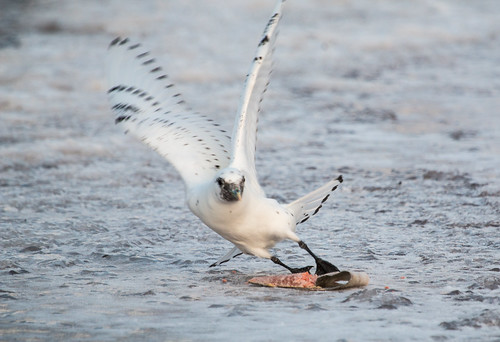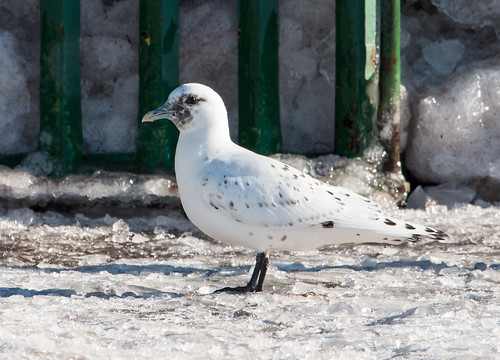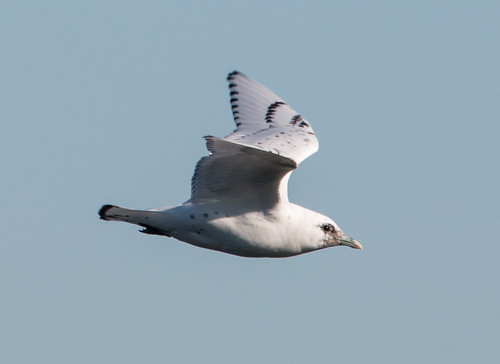Birding is a sport of diminishing returns. The first few years
after I started birding in 1975, it was relatively easy to add life birds. I
saw at least 100 new birds in both 1975 and 1976, but never again did I see
that many new birds within the United States in a single year. Since starting
birding, there have only been three individual years when I haven’t seen a
single lifer—the first was 1985, the year I was pregnant with and had my third
baby while caring for my 1- and 3-year olds. The second year I didn’t see a
single lifer was over 20 years later, in 2008, the first year I worked at the
Cornell Lab of Ornithology, when I was far too busy writing about and editing
stories about birds to be able to get out and see any. And the third year was
2015. I went down to southern Illinois in January trying to see an Ivory Gull
that turned up along the Mississippi River in Quincy, but didn’t get there
until the day after the last sighting of it. Just a few weeks later I had my
heart attack, which put the kibosh on my doing the kind of birding likely to
get me any lifers.
I got confirmation that 2016 will be a different kind of
year right away on New Years Day. I got an email via the Minnesota
Ornithologists Union listserv from Doug Kieser saying an Ivory Gull was present
at Canal Park, so I charged right over with my little dog Pip. The gull was
sitting along the breakwater, and flew up giving me great views of it in flight
before settling back down to eat a chunk of salmon one birder had tossed out
for it. I took over 800 photos of it, and many of them turned out.
As exhilarating as seeing any new bird is, some are more
electrifying than others, and Ivory Gull has been one of my most yearned-for
birds since I started birding. It belongs in the high arctic, where it seldom
leaves the pack ice even in winter, though an individual will wander south every
year or two to give birders a big thrill. Adults are pure white—the whitest of
all gulls, in keeping with their habit of following one of the whitest of all
mammals, the polar bear, to feed on bits of carrion. This one was hatched in
2015, so still has a dark face and beautiful dark flecking on the wings and
tail.
Ivory Gull appearances are sporadic and unpredictable, but
occur regularly enough that the American Birding Association calls it a Code 3
bird, one that occurs somewhere in North America in very low numbers, but
annually, in the ABA Checklist Area, including visitors and rare breeding
residents. There is no pattern at all with Ivory Gull appearances—the bird that
showed up in Quincy, Illinois, last winter was a pure white adult, and one that
showed up in Minnesota in the 90s was a pure white adult, too. Ivory Gulls,
like birding in general, is like a box of chocolates—you never know what you’re
going to get, but it’s certain to be sweet.
Like Polar Bears, the Ivory Gull is rare and declining,
fairly inaccessible in its natural range and seldom found in the Lower 48. This
is now the rarest bird Pip has on her lifelist, and among the rarest on mine.
 |
| Photo Copyright 2016 by Scott Wolff (who happens to be the first person to spot the Ivory Gull, in late December!) |
I’ll be going out to see it whenever I can get away, and
will also be keeping track of other people’s sightings—already many people from
nearby states are dropping everything to go and see it, and if it settles into
a regular schedule, birders working on year lists or simply needing it for
their life lists will be showing up from all over the country. The Minnesota
Ornithologists’ Union’s facebook page will keep up with sightings, and to get
information, you can email me at chickadee@lauraerickson.com.




